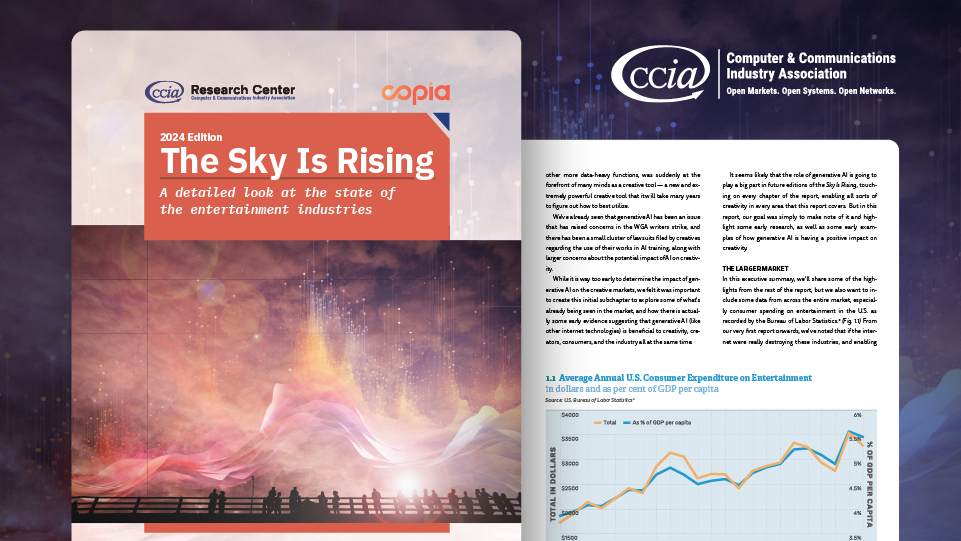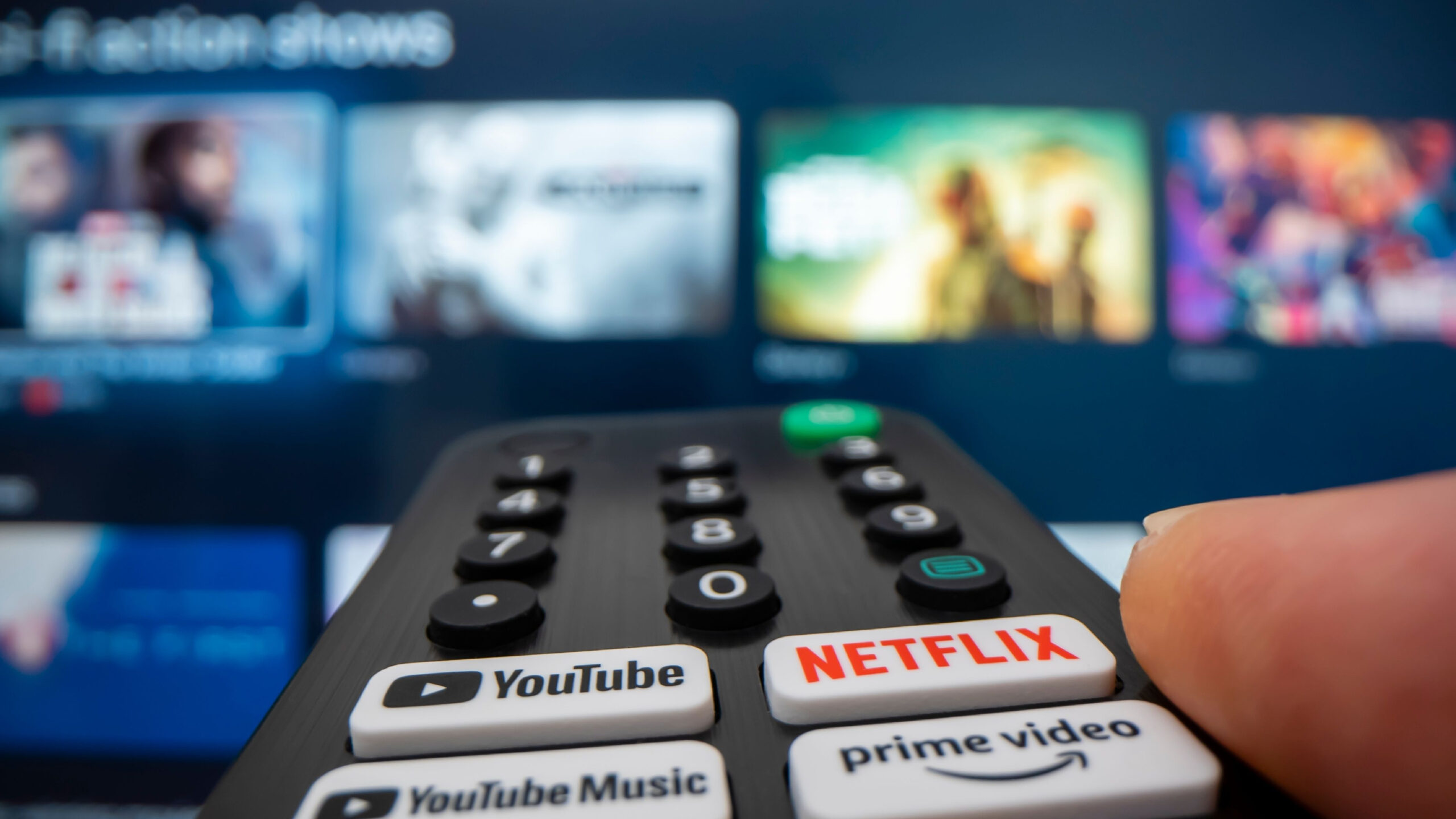Entertainment Evolution: What’s Happening to Content Due to COVID-19 (Part 1)

Much of the content, industries, and people we enjoy watching has been upended by the COVID-19 pandemic. Live entertainment such as sporting events, concerts, and festivals has been particularly impacted. Among many negative impacts to the music industry, the most noticeable has been the cancellation of concerts and festivals worldwide. And sports, an industry that goes hand-in-hand with live entertainment, are struggling to maintain their 2020 seasons under the weight of the pandemic. This post is the first in a two-part series covering the shifts in entertainment due to COVID-19.
The music industry is experiencing massive upheaval due to COVID-19; everything from cancelled live concerts and festivals to delayed album releases, instrument and equipment sales, and the volume of music released has been affected. However, as most music festivals have been cancelled, many artists are pursuing live music through streaming events. Many creators are utilizing popular digital services as a means of holding virtual concerts. Artists, small and large alike, are performing live through services such as Instagram, YouTube, and Twitch. BTS, a K-pop group popular throughout the world, hosted “Bang Bang Con: The Live” in June, a live hour and a half online concert which received over 750,000 viewers across 107 countries and territories. And Fortnite partnered with Travis Scott this past April to hold “Astronomical”, a series of live in-game events centered around Travis Scott’s music with multiple tour dates for players around the world to participate. Epic Games (the creator of Fortnite) reported that 27 million unique players participated in the Travis Scott event live 45 million times. More recently, a webcast series called Verzuz which pits artists against each other live on Instagram and allows the audience to vote on the winner, has garnered attention.
While the first major income stream for the music industry is live music, the second is recorded music, which includes streaming, digital downloads, licensing of music for movies, games, TV and advertising, and more. Many of these revenue streams have not been as negatively affected. In fact, streaming music now makes up nearly half of global recorded music revenue. However, the Coronavirus has altered how people are listening to music and as festivals and concerts are only just returning (some as an experiment in determining how the virus spreads), on-demand consumption of music is on the rise. Spotify recently reported that the daily habits of its consumers have shifted. Many bands and individual creators are utilizing popular digital services as a means of releasing their new music. Famously, Lil Nas X first uploaded the tune to “Old Town Road” on TikTok. Individuals are making more music than ever before and many services are playing host to these new creations. Further emphasizing the streaming and on-demand opportunities in the music industry, Amazon just expanded its music service by integrating Twitch live streams, which has seen rapid growth from musicians moving to the platform. Spotify appears to be following suit and developing a virtual events section as well.
Live professional sports have also experienced setbacks due to the Coronavirus, many of which paused or cancelled their seasons earlier this year. However, some sports at the collegiate and professional levels are attempting to make a comeback. While the Big Ten and PAC-12 have both decided to postpone their competitions through the end of this calendar year, the AAC, SEC, and Big 12 have yet to alter their plans. The NHL petitioned Canada to host their teams and hold their post season tournament up north. The MLB is also reportedly considering a playoff bubble similar to the NHL. While the MLS resumed play in a bubble with the MLS is Back Tournament, it’s actually set to become the first major North American sports league to try to hold games with fans in the stands. The MLS recently announced the continuation of the season, allowing teams to play back in their home markets with limited capacity for fans in the stadium. The NCAA had to cancel March Madness this year; however, the NBA has had success with their “bubble” and resumed their season July 30. The U.S. Open was live-streamed in August without fans. Additionally, the 2020 INDY 500 was watchable and streamable live and had no fans in the stands. While increased vigilance and heightened safety guidelines will likely continue for some time, sports as live entertainment are returning.
Live streaming video game services are also seeing growth due to the upward trend of the industry as a whole. And some sports are even turning to e-sports as a way to give consumers the sporting entertainment they want in one form or another. NASCAR recently embraced e-sports and in March Fox Sports said it would stream the full season of NASCAR’s virtual race series. Further, while the pandemic has forced the cancellation or postponement of certain e-sport events, e-sports as a whole is actually gaining notoriety as a result of this pandemic. Global e-sports revenue is expected to grow just beyond $1 billion by 2020 and live streaming is key to that growth.
After experiencing the disruption to their previous standards of business that COVID-19 has brought about, many individuals, businesses, and organizations have been forced to alter their practices to continue to operate through the changes wrought by the pandemic. However, even throughout the Coronavirus, one thing remains clear: live entertainment has gone digital and it’s still highly attractive. The next post in this series will discuss movies, television, and video games.








